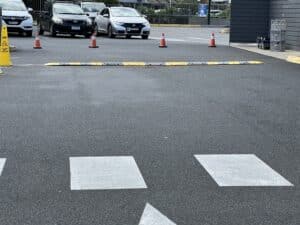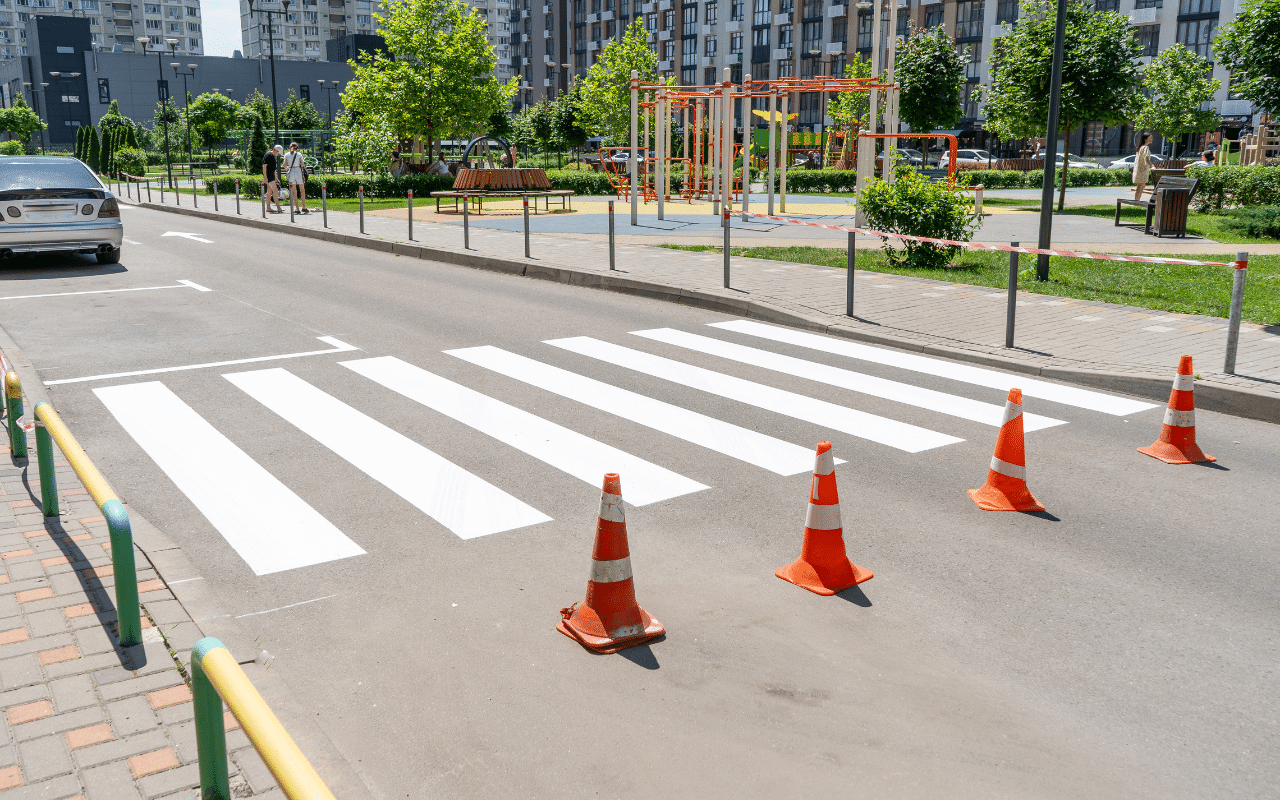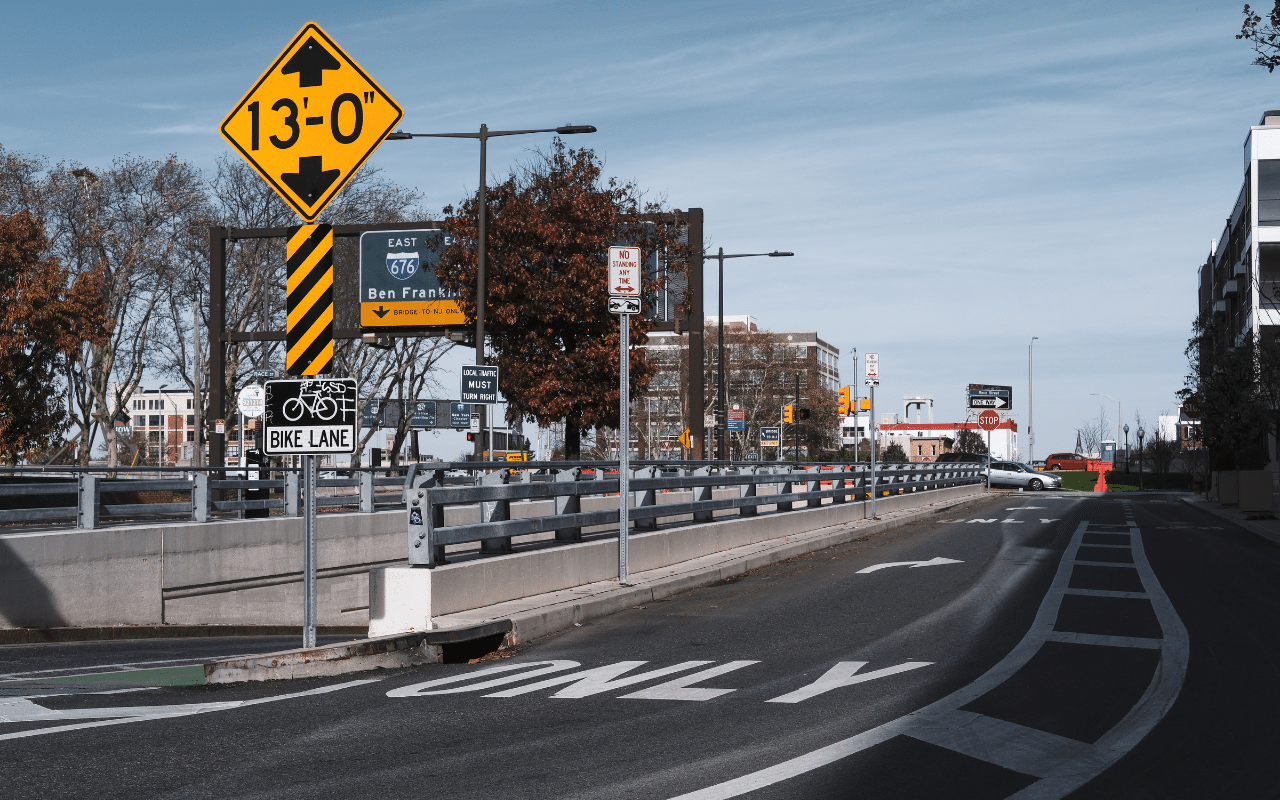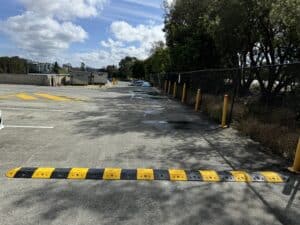

Victoria’s road markings are essential to ensure drivers’ safety and facilitate traffic to move smoothly. Road markings direct the drivers through traffic regulations, remain in their lane, and alert them for potential hazards. Road markings of various types, colors, and shapes are supposed to communicate something. What do dotted lines on a road sign indicate? Let us consider the road signs’ types, colors, and other such significant points.

Road markings in Victoria fall into four general categories: longitudinal, transverse, unique/special, and regulatory. They all serve a distinct purpose and communicate vital information to drivers.
Each marking is an essential part of keeping traffic in order and minimizing the road’s potential for accidents and confusion.

The colors of road markings indicate various meanings and assist drivers in understanding them in a flash. In Victoria, as well as in the majority of Australia, standard colors promote consistency and simple identification.
White paint is the most common for lane marking, stopping lines and crossings. They usually indicate the division of lanes or mark between opposite directions of traffic.
The use of different colors is used to effectively communicate the meaning of the markings simultaneously and provides drivers and pedestrians with improved clarity.

Road line marking in Australia is governed by rigorous standards to attain consistency and safety across all states and territories, including Victoria. The standards are outlined in the Australian Standard AS 1742.2 – Manual of Uniform Traffic Control Devices: Part 2 – Traffic control devices for general use.
Under this standard, road markings should be visible in various lighting and weather conditions. The marking materials should also be reflective, such that they can be seen at night or during low-light conditions. The road markings should also be long-lasting and be able to withstand weather and rough usage.
Besides, the specifications ensure road markings meet specific sizes. For example, lane markings should be of a specific width and spaced accordingly so that they do not mislead drivers. Consistency ensures all road users, whether in vehicles, motorcycles, or as pedestrians, certainly understand how to behave on the road.
Dotted lines are the standard on highways and crucial to traffic flow and safety. Dotted lines are primarily utilized to indicate where overtaking or changing lanes is allowed.
In addition to road markings, other features, such as rumble bars and speed humps, are integral to ensuring safe roadways in Victoria. These safety devices let drivers know when important things happen on the road, like when they need to slow down or get ready for an upcoming crossing.
Rumble Strips may be utilized as well and are regularly installed at high-risk locations, including prior to a sharp bend, a stopping sign, or a pedestrian walkway. The strips produce an audible rumbling noise and feeling of vibration for drivers when traveled over by the vehicle, alerting them in an auditory manner and physically, to slow or exercise caution.
Similarly, speed humps are utilized to slow traffic by physically doing it. Speed humps are typically utilized in school zones, residential neighborhoods, or parking facilities where slowing down is needed to ensure safety. Rumble bars, Rumble Strips and speed humps supplement road markings to make our road infrastructure safer.
It is important to know road markings to assist in keeping roads safe and traffic moving smoothly in Victoria. Road markings guide drivers, control traffic flow, and give important information. If drivers know different markings, the meaning of their colours, and why they are significant, they can drive easily on the roads.



For 10 years, our focus has been on one thing: to provide one style of product and to do it well.
Our wheel stops, speed humps and rumble bars meet Australian Standards, don’t fade, and we’ve never needed to replace one.

For 10 years, our focus has been on one thing: to provide one style of product and to do it well.
Our wheel stops, speed humps and rumble bars meet Australian Standards, don’t fade, and we’ve never needed to replace one.